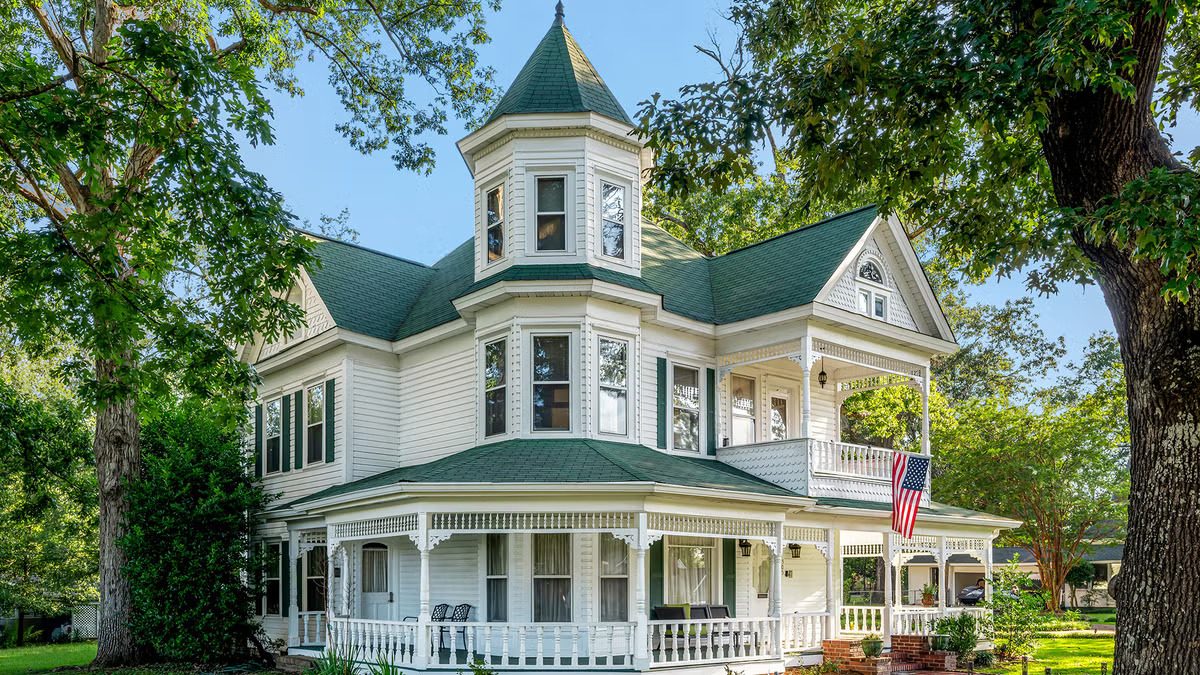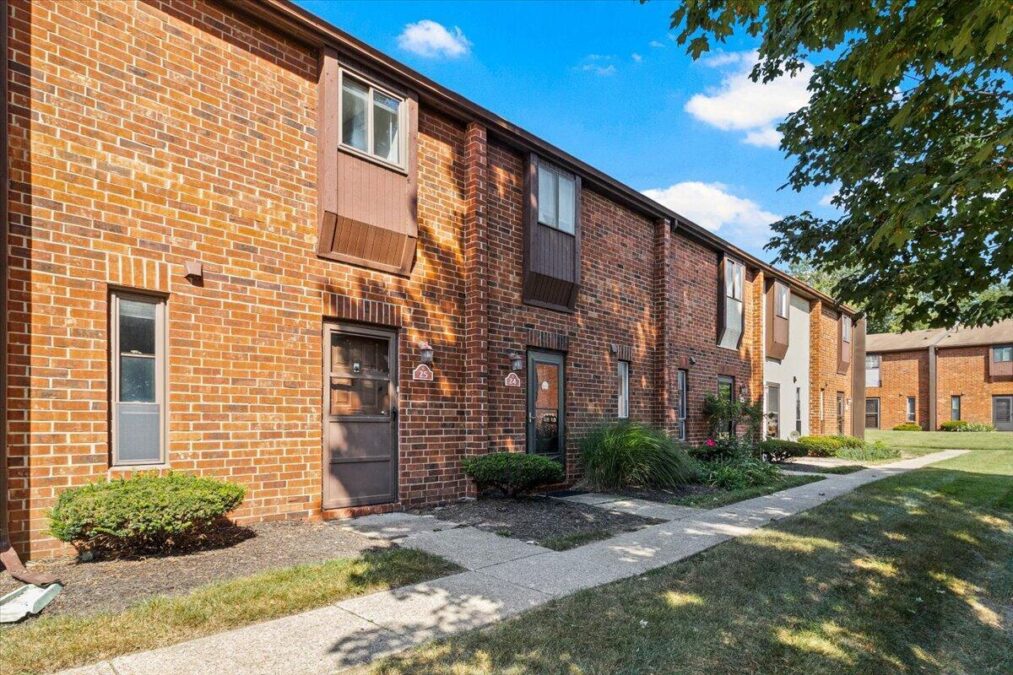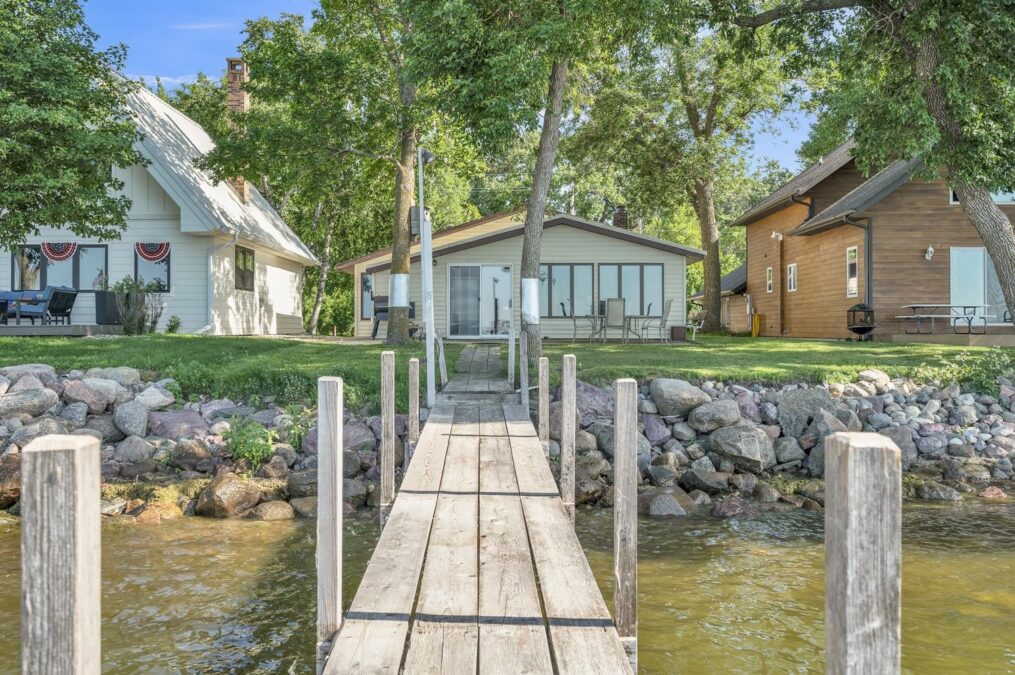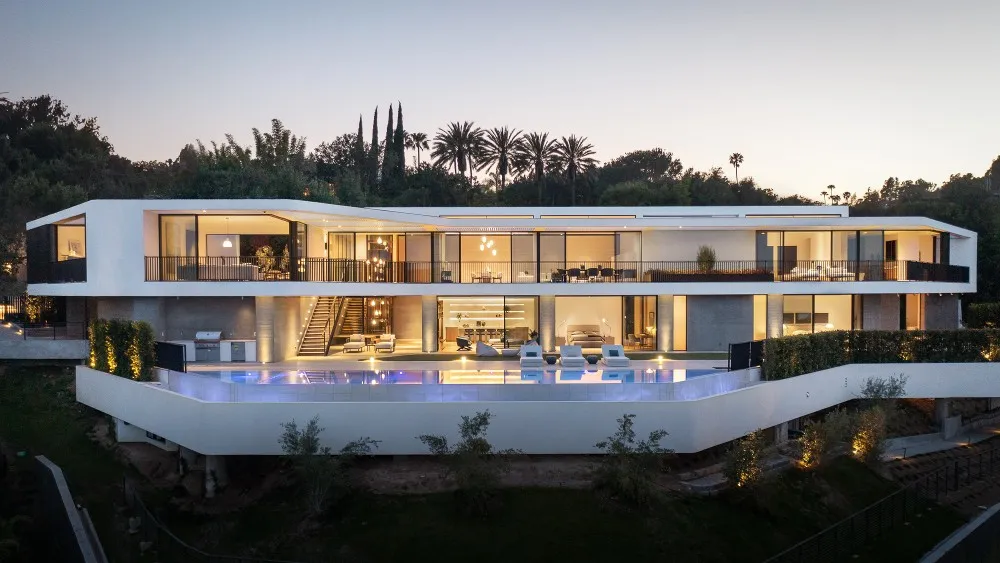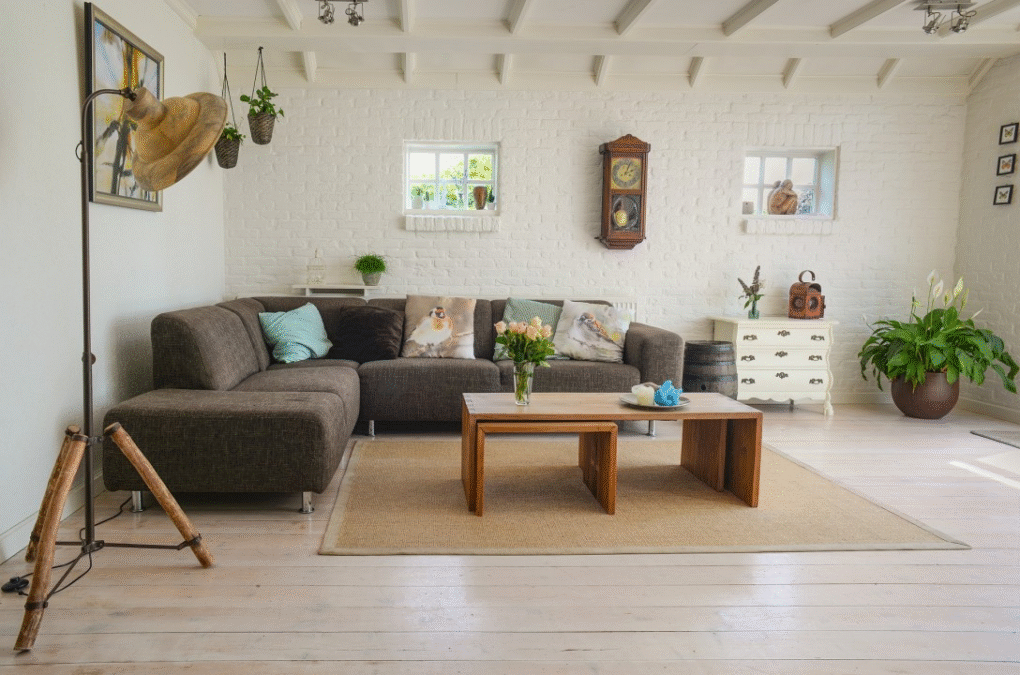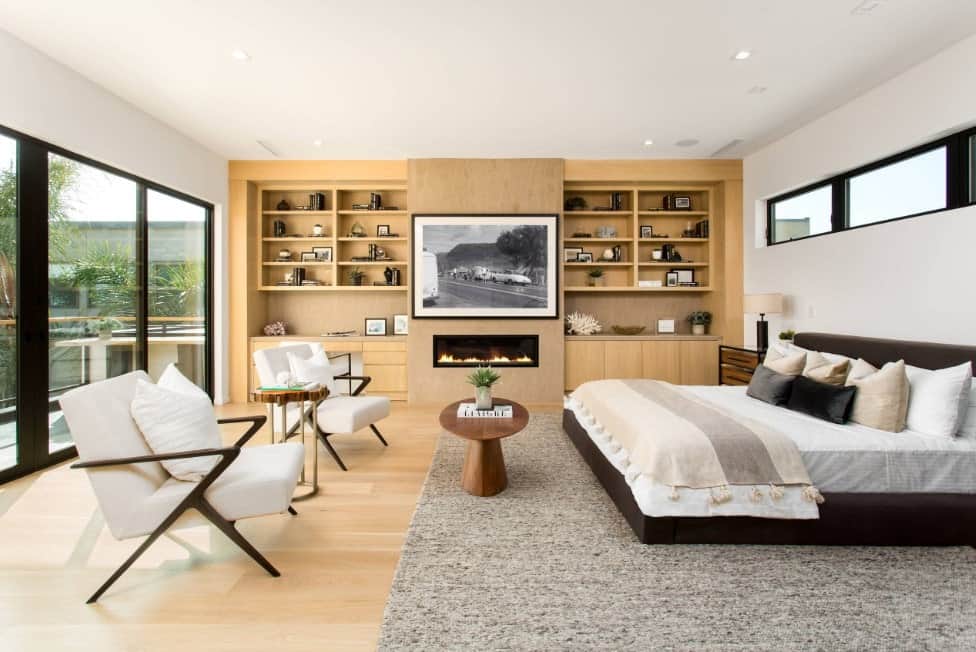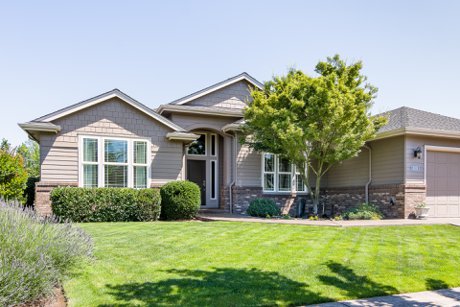When people think of timeless architecture, Victorian houses often come to mind. With their ornate detailing, steep gabled roofs, tall windows, and decorative trim, Victorian homes have captivated architecture enthusiasts for over a century. Originating in the mid-to-late 19th century during Queen Victoria’s reign in England (1837–1901), these houses spread across Europe, North America, and beyond, leaving a lasting impact on residential design.
Today, Victorian houses are cherished for their charm, character, and craftsmanship. They remain popular among homeowners and preservationists who value historic architecture. From painted ladies in San Francisco to grand estates in England, Victorian homes showcase a variety of substyles, each with unique elements but tied together by an emphasis on beauty and detail.
In this guide, we’ll explore the history, defining features, popular subtypes, interior design elements, and modern relevance of Victorian houses, giving you everything you need to understand this iconic architectural style.
The History of Victorian Houses
Origins in England
The Victorian style emerged during the Industrial Revolution, when mass production of building materials made it possible to construct elaborate homes more affordably. Middle- and upper-class families used these ornate designs as a symbol of wealth and sophistication.
Spread to America
By the mid-1800s, Victorian architecture became a dominant style in the United States, especially in growing cities like Boston, San Francisco, and New York. Builders adapted English designs to suit American tastes, climates, and urban layouts.
Key Features of Victorian Houses
Victorian homes are easily recognizable for their ornate, dramatic design. Common features include:
- Steeply pitched roofs with multiple gables
- Tall, narrow windows often with stained or leaded glass
- Asymmetrical facades with bay windows and turrets
- Wraparound porches with decorative spindles and balustrades
- Intricate woodwork known as “gingerbread trim”
- Bold exterior colors in combinations of three or more
These elements made Victorian homes stand out against the simpler designs of earlier periods.
Popular Types of Victorian Houses
1. Queen Anne Style
- Most iconic Victorian subtype
- Features turrets, towers, and large wraparound porches
- Brightly painted exteriors with multiple colors
2. Gothic Revival
- Inspired by medieval Gothic cathedrals
- Pointed arches, steep gables, and ornate stonework
- Often includes decorative tracery and lancet windows
3. Italianate
- Modeled after Italian Renaissance villas
- Tall, narrow windows with arched tops
- Low-pitched roofs with decorative brackets
4. Second Empire
- Distinctive mansard roof with dormer windows
- Symmetrical layout with grand entrances
- Popular in urban areas for maximizing upper floors
5. Stick Style
- Emphasis on visible “stick work” or wooden beams
- Decorative trusses and patterned wood siding
- Transitional style between Gothic Revival and Queen Anne
Interiors of Victorian Houses
The interiors of Victorian homes are as ornate as their exteriors. Common elements include:
- High ceilings with elaborate crown molding
- Heavy drapery and wallpaper in bold patterns
- Fireplaces in multiple rooms with carved mantels
- Parlors and sitting rooms for entertaining guests
- Dark wood floors and paneling for a rich, warm feel
Victorian interiors were designed to reflect wealth and elegance, often filled with furniture, artwork, and detailed decoration.
Why Victorian Houses Are Still Popular
Architectural Beauty
Few architectural styles match the romantic charm and intricate craftsmanship of Victorian homes.
Historic Value
Many Victorian houses are considered historic landmarks, offering both cultural and architectural significance.
Adaptability
Though traditional, these homes can be updated with modern amenities while maintaining their old-world character.
High Demand
Buyers often seek out Victorian houses in urban areas for their uniqueness and strong resale value.
Challenges of Owning a Victorian House
While Victorian homes are admired for their beauty, they do come with challenges:
- Maintenance Costs: Intricate woodwork and older materials often require expensive upkeep.
- Energy Efficiency: Large windows and high ceilings may lead to higher heating and cooling costs.
- Restoration Needs: Many Victorian homes require careful preservation to maintain historical accuracy.
Tips for Buying or Restoring a Victorian House
- Hire a Historic Home Inspector: Ensure the property’s structure and foundation are sound.
- Check Local Preservation Rules: Some areas have restrictions on how historic homes can be altered.
- Budget for Maintenance: Restoration projects can be more costly than standard renovations.
- Blend Old with New: Modern amenities like updated plumbing, insulation, and smart-home features can coexist with Victorian charm.
Conclusion
Victorian houses remain one of the most beloved architectural styles in history, celebrated for their ornate design, historic significance, and enduring charm. Whether you’re admiring a colorful Queen Anne in San Francisco or restoring a Gothic Revival home in England, Victorian architecture continues to inspire homeowners and designers alike.
For anyone passionate about architecture, owning or even visiting a Victorian home is like stepping back in time to an era of craftsmanship, elegance, and timeless beauty.
Would you live in a Victorian house if given the chance? Share your thoughts and favorite Victorian style!


